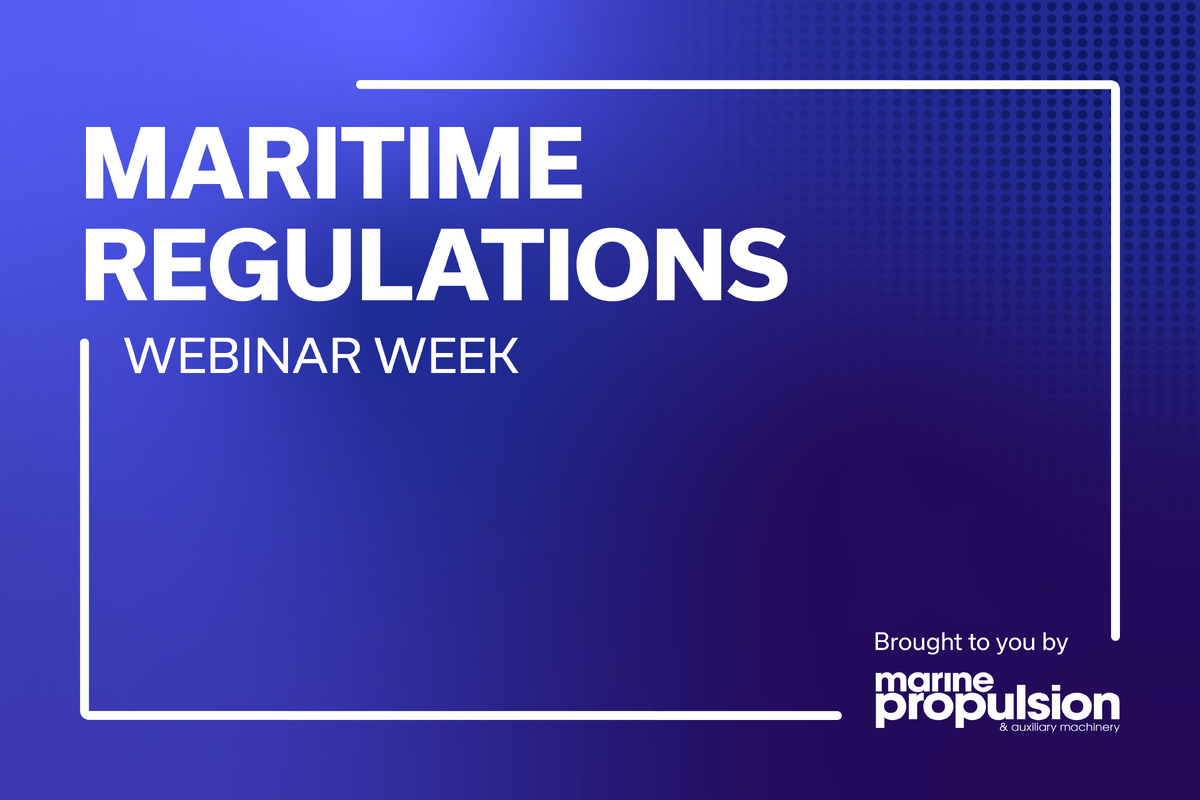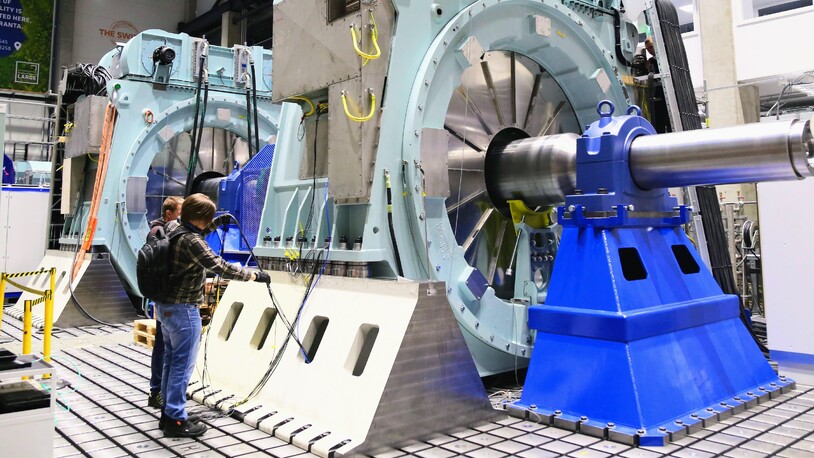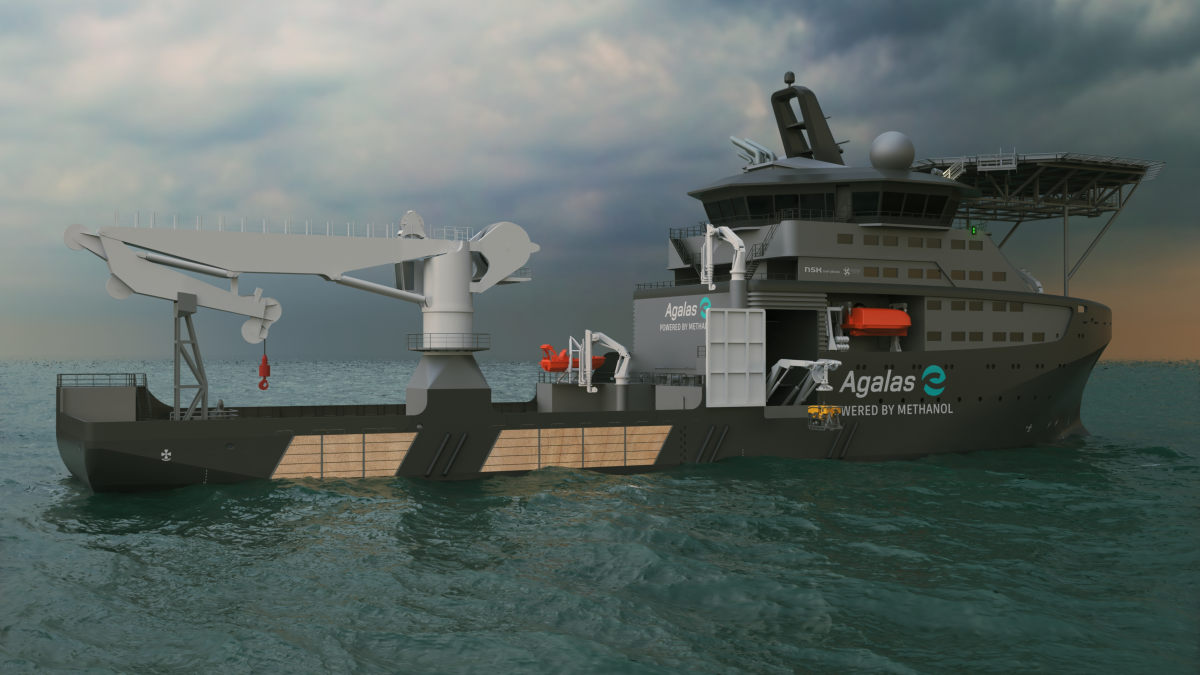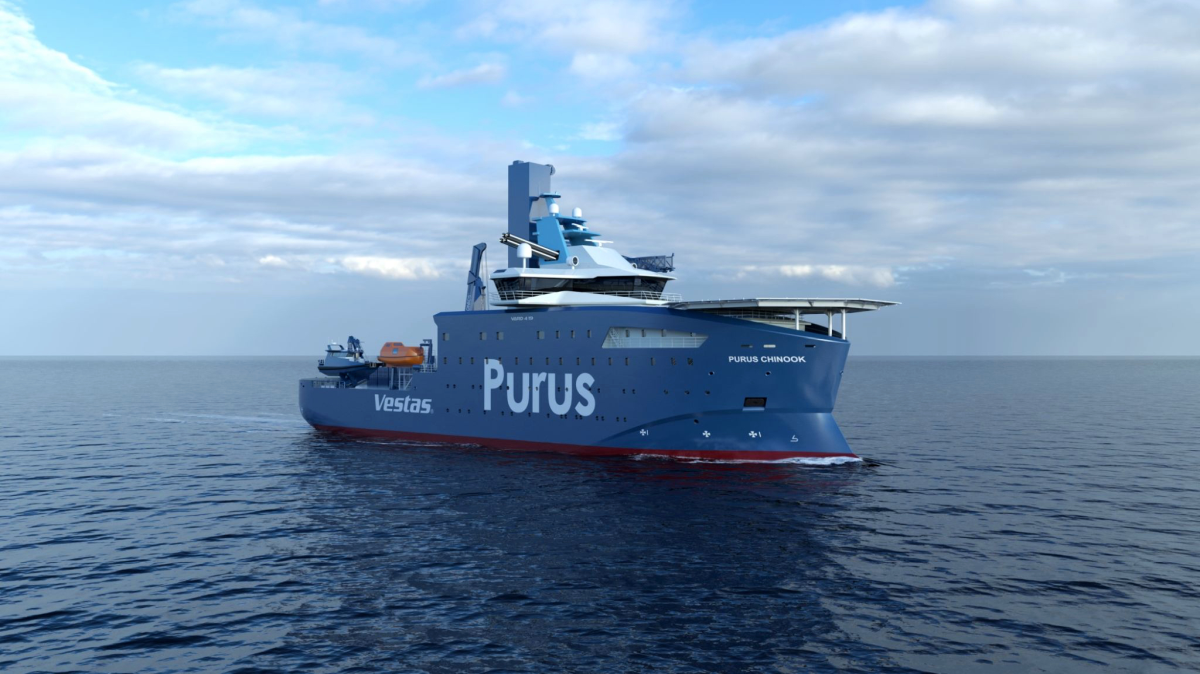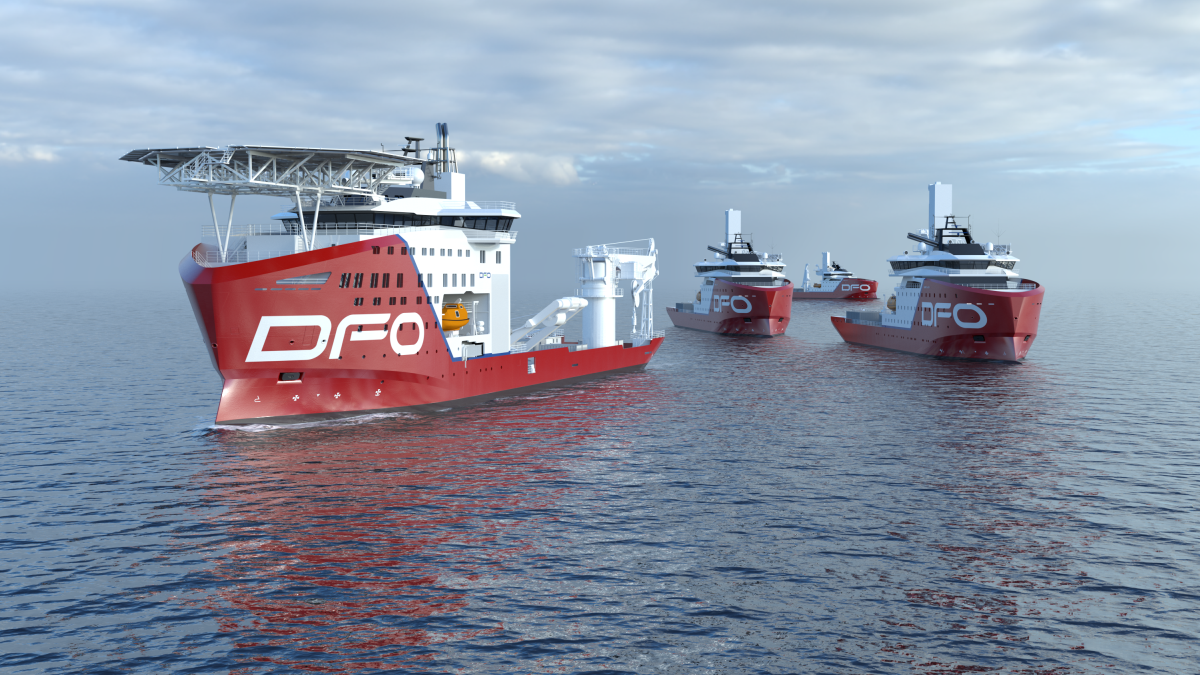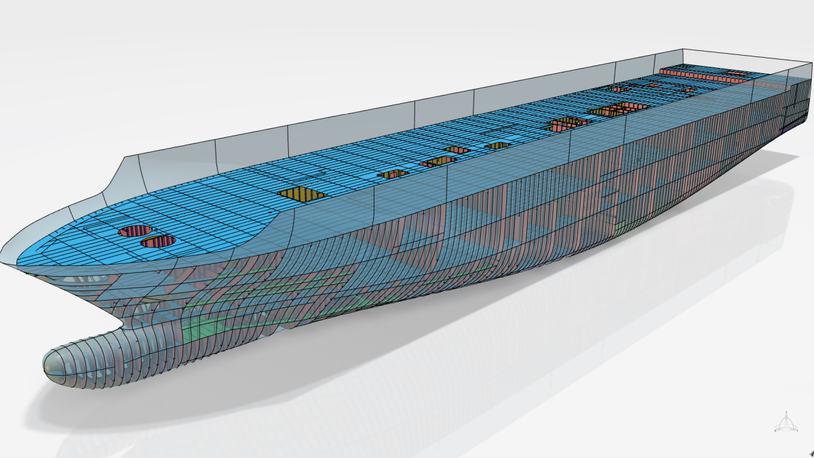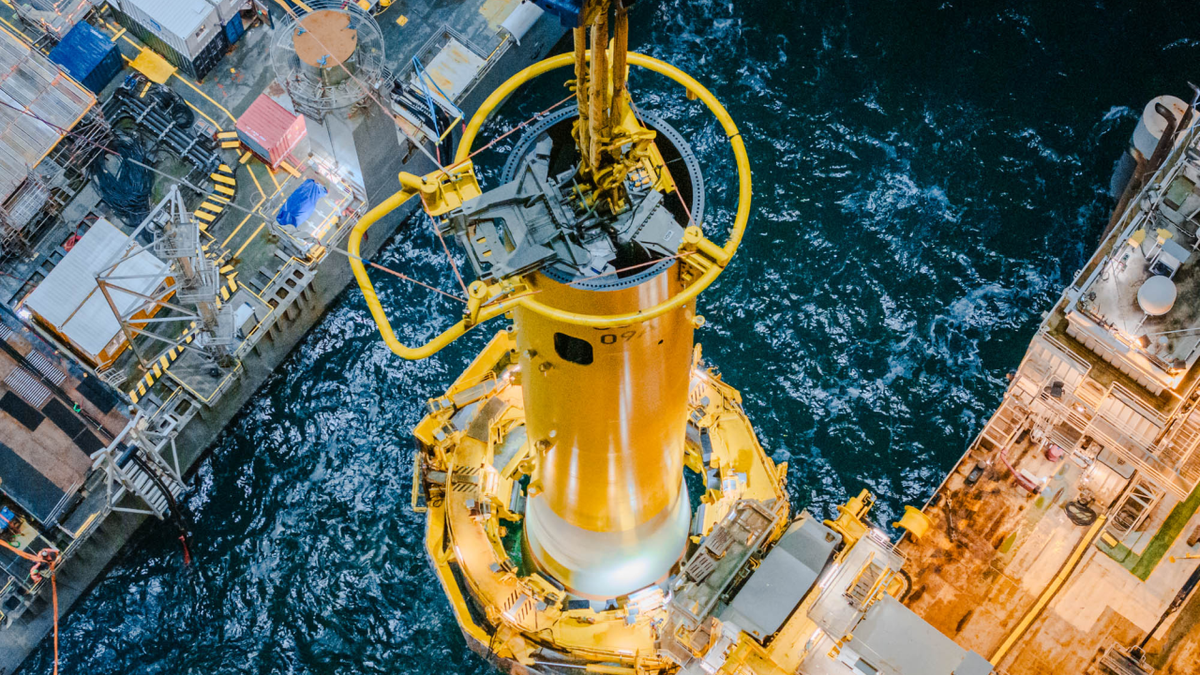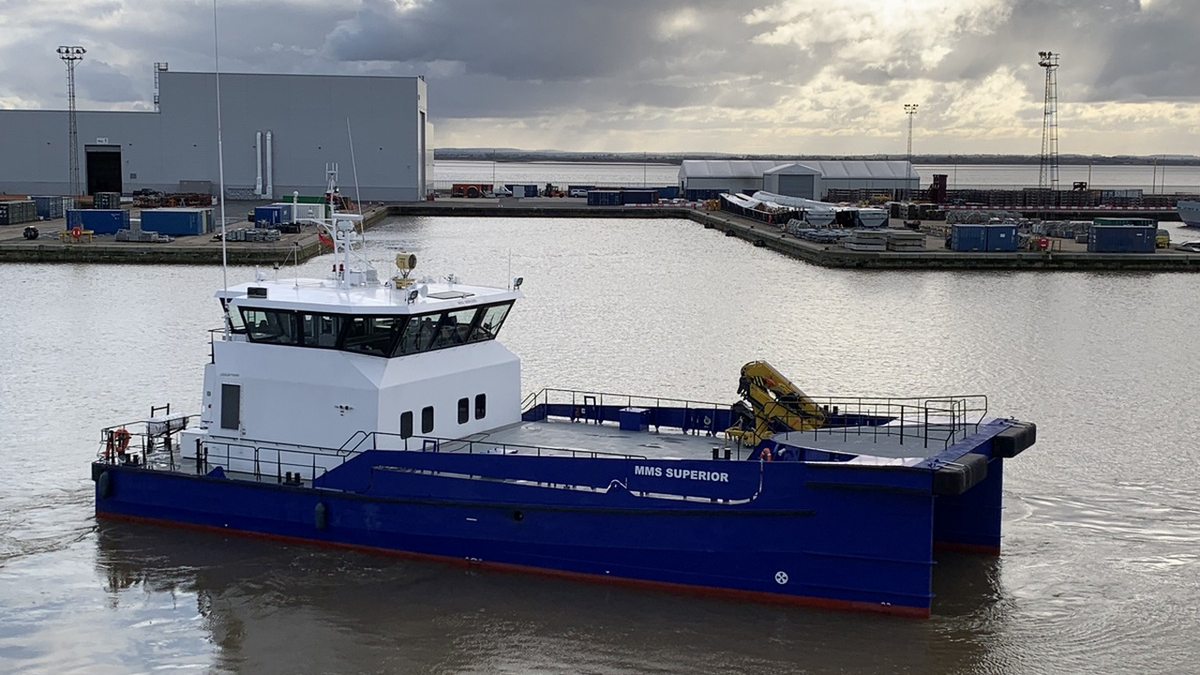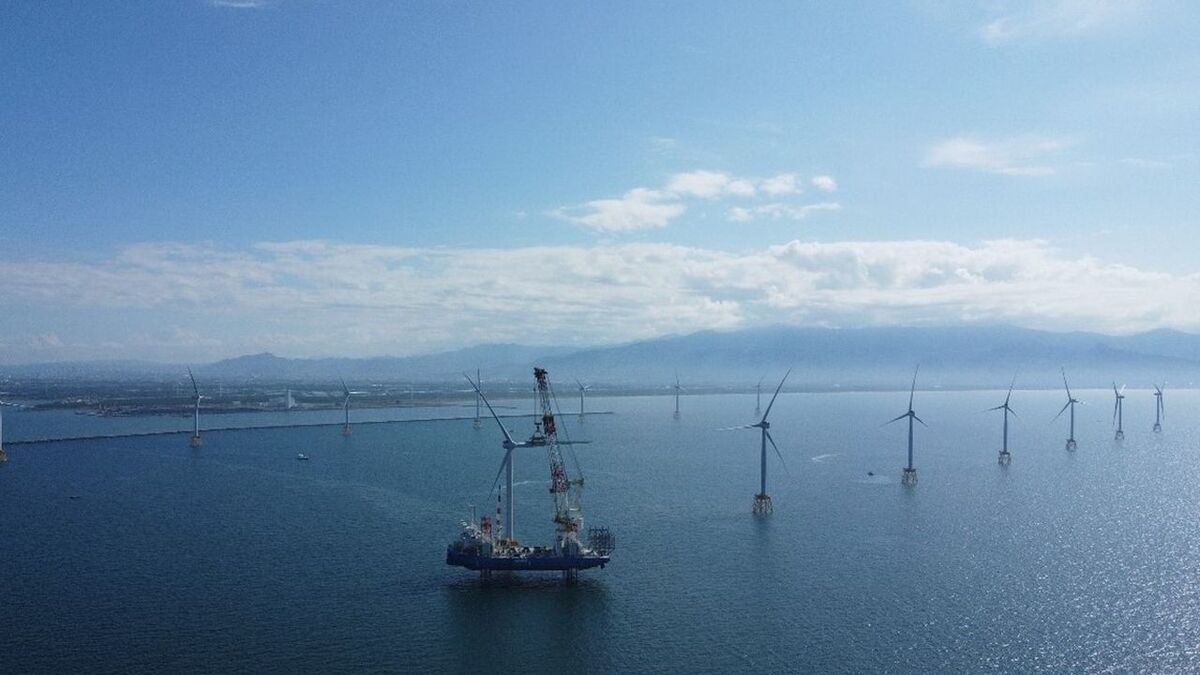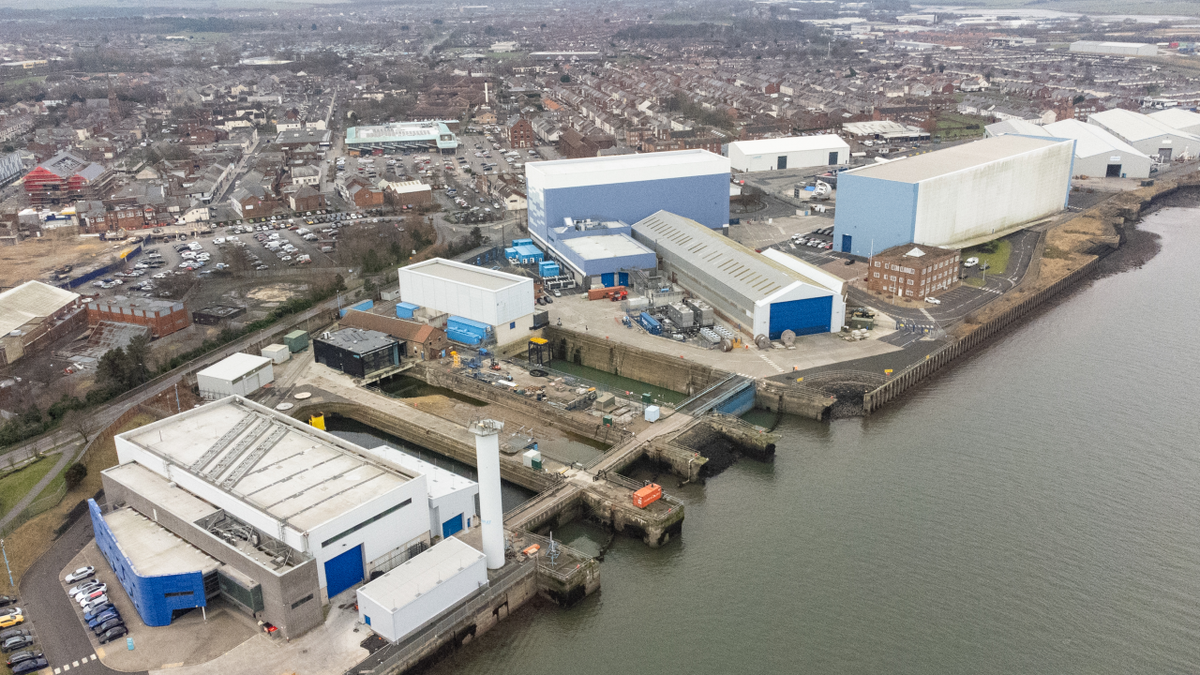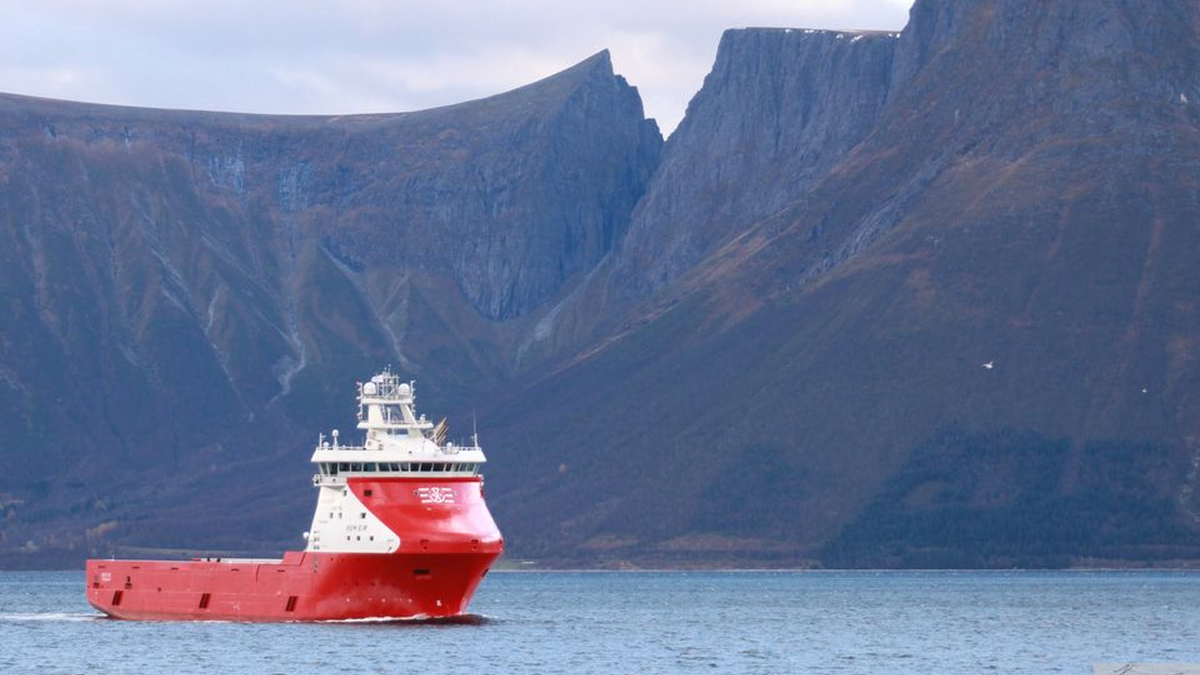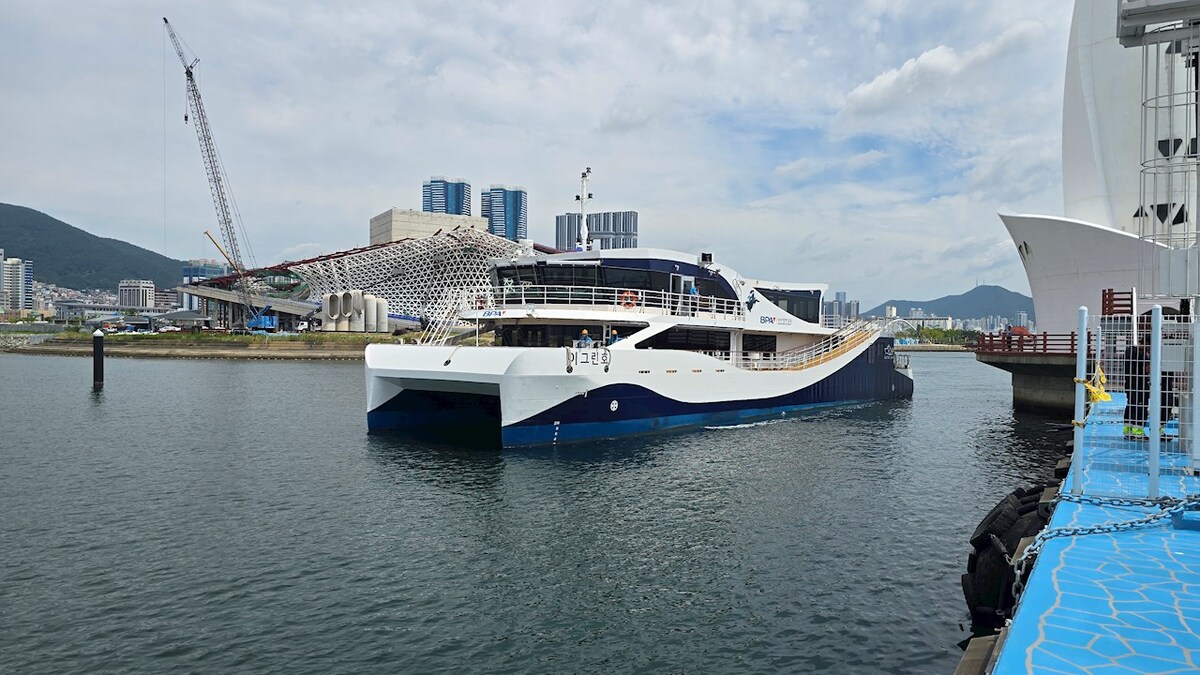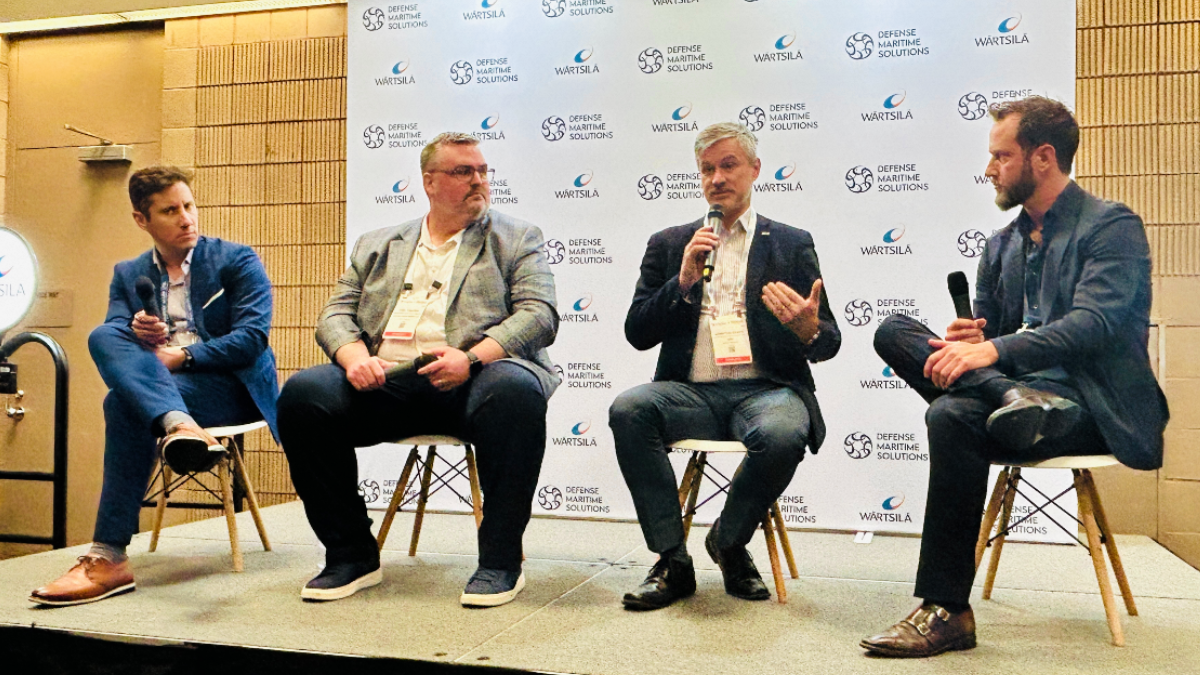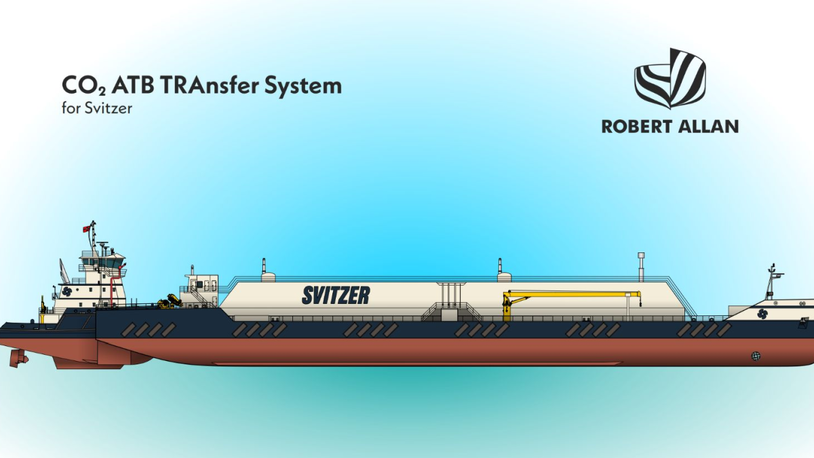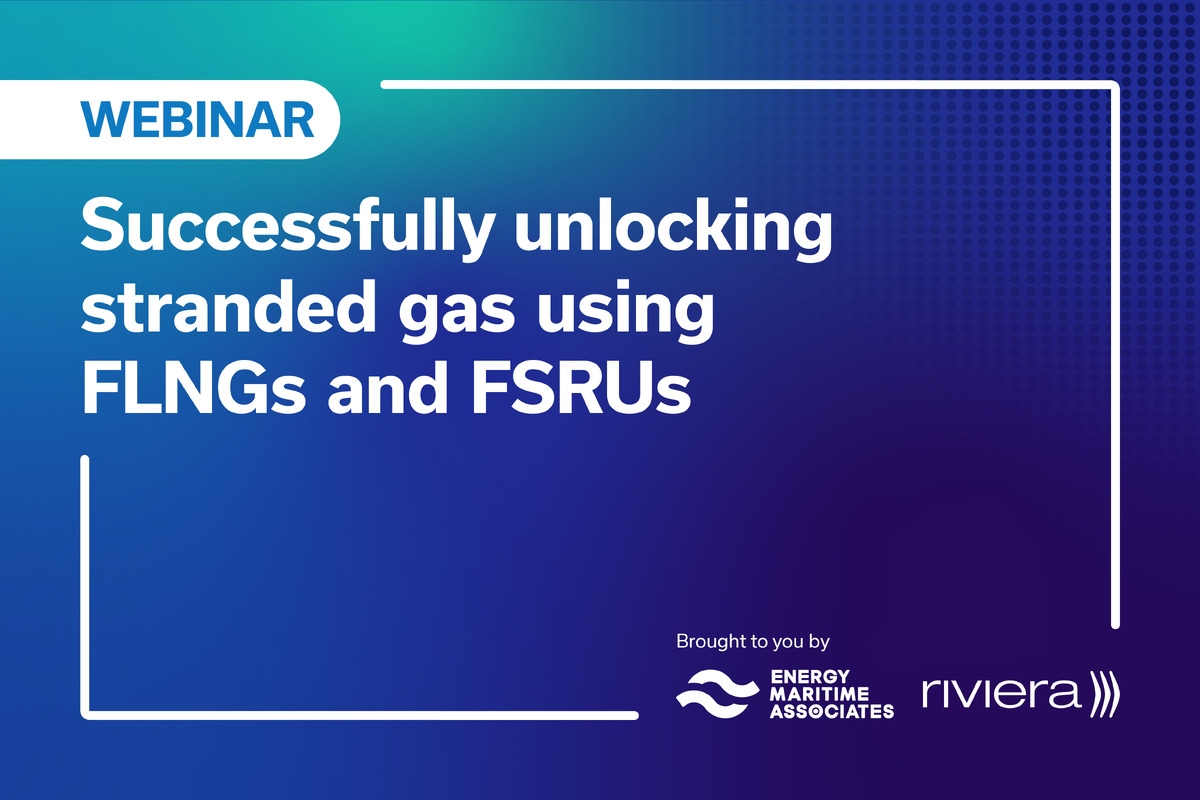Business Sectors
Events
Contents
Register to read more articles.
Owners invest US$2Bn in offshore wind assets in 2025
The Norwegian maritime cluster is benefitting from an offshore windfarm construction splurge, with new orders from Taiwan’s DFO, while Purus is taking delivery of its first CSOV
Europe’s volume of offshore wind capacity under construction hit record levels of 24 GW at the end of April, with investments year-to-date reaching US$13Bn - far surpassing all of 2024, according to Clarksons.
The shipbroker estimates the fleet servicing the European offshore wind market has reached about 500 vessels. European shipbuilders, ship designers and suppliers have benefitted from this growing regional fleet of offshore windfarm vessels and for those servicing the Asia Pacific’s nascent market. As of April, Clarksons reports European shipping companies have committed almost US$2Bn towards offshore windfarm newbuilds this year. This includes US$400M, US$1.2Bn and US$200M for wind turbine installation vessel (WTIVs), commissioning/service operations vessel (C/SOV) and crew transfer vessel (CTV) newbuildings respectively across 2024-25, including orders for methanol dual-fuel and hydrogen-powered units. Most newbuilds also have batteries and many are being prepared for shore-power connections.
While most newbuilds have been booked with Chinese yards, European shipbuilders have secured orders, too.
Italy’s Fincantieri SpA reported a record order intake of €15.4Bn (US$17.5Bn) in 2024 — a 133% increase over 2023 — mainly driven by the group’s shipbuilding segment. However, its offshore and specialised vessels segment separately reported an order intake of €1.6Bn (US$1.8Bn). As at the end of 2024, Fincantieri had a backlog of 98 total ships and vessels, 37 of which were offshore and specialised vessels. The group expects to deliver 14 of these vessels in 2025, 13 in 2026, nine in 2027 and one in 2028.
In one of the latest deals, Taiwan’s Dong Fang Offshore (DFO) has placed an order for the construction of a subsea vessel with Fincantieri Group’s Norwegian subsidiary, Vard.
“Most newbuilds also have batteries”
The deal for the vessel, a Vard 3 39 design, includes options for further vessels and is valued at €113.5M (US$125.9M).
This new vessel will be the third Vard has built for the Taiwanese offshore wind contractor, the first two being CSOVs. With a length overall of 121 m and a beam of 23 m, it will have a maximum speed of 14 knots and a DP2 dynamic positioning system.
The hull of the vessel will be built at Vard’s shipyard in Braila, Romania, and outfitted, commissioned and delivered by Vard Søviknes in Norway. Delivery is scheduled for early in Q2 2027.
Design details
Equipped for subsea projects, operation and maintenance activity on offshore windfarms and cable installation and repair, the new vessel will have an optimised hullform and powerful propulsion configuration that will ensure good seakeeping capability with reduced motions and accelerations and excellent stationkeeping performance.
The designer said the vessel will also have an efficient machinery and propulsion set-up for high-level stationkeeping and will use battery-hybrid propulsion.
Vard has signed a contract with Pon Power, the sole distributor for Cat power solutions in Norway, to deliver the main engines for the vessel. The delivery includes five Cat 3516E generator sets with Pon Power Genflex design, which will contribute to efficient and flexible energy supply on board.
The vessel will be fitted with a 250-tonne active heave compensated (AHC) offshore crane and have a 1,200-m2 work deck prepared for a cable repair or cable lay spread, along with hangars for remotely operated vehicles (ROVs), with the ability to operate ROVs from both sides of the vessel.
The vessel will be prepared for the installation of a motion-compensated gangway, an under-deck carousel, a trencher and will also be prepared for installation of a helideck. It will have accommodation for up to 130 people on board and have a range of offices and briefing rooms, a conference room/cinema and dayrooms designed to a high standard.
Norwegian owners invest
Both traditional Norwegian offshore vessel players and startups have been some of the most aggressive in newbuild ordering. One ordering trend emerging is that Norwegian owners favour methanol-ready hybrid-battery vessels. Three-year-old Agalas reported the first of its subsea vessels, Cecon Vigor, has been launched at Turkey’s Sefine Shipyard. When delivered later this year, the NSK 6480 design cable lay support vessel will go on long-term charter to Cecon Contracting.
Agalas, along with fellow Norwegian owners Eidesvik Offshore and Reach Subsea, entered into an agreement to build a new construction support vessel (CSV). The newbuild will be equipped to perform inspection, maintenance and repair (IMR) work and is of a similar design as the vessel Eidesvik Offshore has under construction, together with Agalas, at the Sefine Shipyard.
“Norwegian owners favour methanol-ready hybrid-battery newbuilds”
This new CSV/IMR vessel will be majority owned by a joint venture between Eidesvik and Agalas, with the remaining 33% stake owned by Reach Subsea. When delivered in 2027, the methanol dual fuel-battery hybrid-powered vessel will go on a five-year charter with Reach Subsea.
Eidesvik Agalas AS signed a €81.5M (US$92.6M) contract in 2024 for a similar subsea/IMR vessel that will be delivered by the Turkish shipyard in 2026 into a five-year charter to Reach Subsea.
In March, Norwegian shipowner Sea1 Offshore confirmed it inked contracts with COSCO Shipping for two more offshore energy support vessels (OESVs).
In a statement, the company said the vessels will be “of a similar design” to two vessels it ordered from the Chinese yard in November 2024, and will be equipped to service the offshore oil and gas and offshore renewables markets. It did not elaborate on how they might differ from the first two vessels.
The first two vessels are due to be delivered in Q1 2027 to Q2 2027. The two additional vessels are due to be delivered in Q3 2027 and Q4 2027.
When the contract for the first two ‘high-end’ OESVs was announced, the company said they would be based on the ST-245 design from Skipsteknisk.
The Norwegian owner said the vessels will have fuel-efficient power generation and propulsion solutions, including generators, a battery package and efficient thrusters.
And like other Norwegian owners, these Sea1 Offshore vessels will also be ‘methanol ready’ and the generators can run on 100% biofuel.
The newbuilds will have an overall length of 120 m, a cargo deck area of 1,400 m2, accommodation for 120 people, a hangar for remotely operated vehicles and a moonpool and will be equipped with a 250-tonne crane.
First for Purus
Meanwhile, Vard delivered a new CSOV, Purus Chinook, to Purus, at the end of April. The delivery marked the group’s first newbuild for the offshore wind market.
The vessel is due to head straight to a contract with Vestas to support the company’s offshore wind operations.
The vessel is noteworthy for several reasons, not least the adoption of the strictest comfort class notations, C2 (climate) and V1 (noise and vibration). Reportedly, it is the first CSOV to receive DNV’s COMF C2 V1 class notation for climate, noise and vibration. The notation ensures optimal onboard temperature regulation, reduced noise and vibration throughout the vessel.
The CSOV is 88 m in length and of Vard 4 19 design, a design developed by Vard Design in Ålesund and customised for Purus.
The newbuilding is designed for excellent seakeeping and fuel efficiency, with a modern hull and optimised propulsion system and has a battery-hybrid propulsion system allowing for zero-emissions operation for periods. It will have methanol-ready engines.
The hull was constructed at Vard Shipyards Romania in Tulcea, with final outfitting and commissioning completed at Vard Søviknes.
The CSOV has an electric controlled motion-compensated crane from Seaonics which is designed for efficient and safe cargo handling. The stepless walk-to-work system on the vessel is capable of seamless operation between 15 m and 30 m above sea level.
Purus Chinook has accommodation for 120 people, an 18-m helideck and a new 12-passenger daughter craft.
The newbuild is the first CSOV ordered by the company, with Purus Coriolis, another Vard 4 19, and Purus Vortex, a Damen 9020 design CSOV to be delivered in 2026. Like Purus Chinook and Purus Coriolis, the Damen-designed CSOV will be a methanol-ready battery-hybrid vessel.
Related to this Story
Events
Maritime Regulations Webinar Week
Floating energy: successfully unlocking stranded gas using FLNGs and FSRUs
© 2024 Riviera Maritime Media Ltd.
